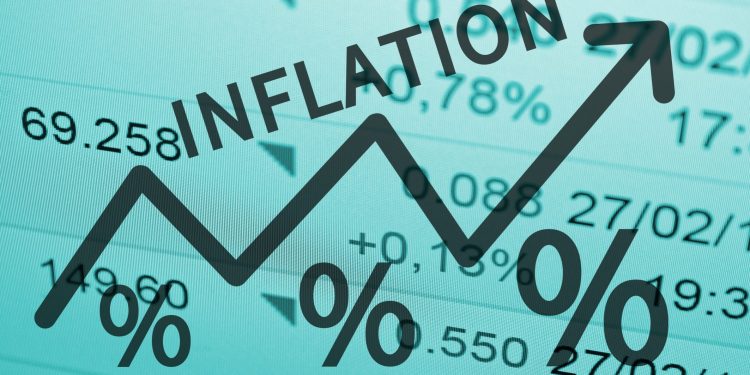Interest Rate Responses to Inflation:
In the past two years, central banks worldwide have implemented substantial interest rate hikes as a response to post-pandemic inflation. Many have surmised that this would decelerate economic activities. However, global economic growth has remained relatively stable, with only a select few nations experiencing a slowdown.
Interest Rate Sensitivity Divergence:
The differential impact of heightened interest rates across countries partly stems from divergent characteristics within their respective mortgage and housing markets. The extent to which monetary policy interest rates affect economic activity is shaped by the features of housing and mortgage markets, which, as elucidated in the latest chapter of our “World Economic Outlook,” greatly vary from one country to another.
Housing as a Transmission Mechanism:
Housing markets play a pivotal role in the transmission of monetary policy. Mortgages represent the largest liabilities for households, with homes often being their most significant form of wealth. In many economies, real estate also constitutes a substantial portion of consumption, investment, employment, and consumer prices.
New Data on Housing Markets:
To assess how key housing characteristics influence monetary policy’s effect on economic activity, our research tapped into new data from national housing and mortgage markets. The data revealed significant variations—for instance, the proportion of fixed-rate mortgage loans ranges widely across countries, negligible in South Africa but exceeding 95% in Mexico and the United States.

Impact of Mortgage Types:
Our findings suggest that monetary policy has a more substantial impact on countries where the proportion of fixed-rate mortgage loans is lower. As policy rates rise, adjustable mortgage rates follow suit, increasing monthly repayments for homeowners. In contrast, households with fixed-rate mortgages do not experience immediate changes in their monthly debts when policy rates shift.
Debt and Value Relations:
Moreover, countries where mortgage amounts are higher relative to property values and where household debts relative to GDP are sizeable are also more susceptible to monetary policy shifts. In such scenarios, more households face the risk of interest rate fluctuations, with larger relative debts amplifying this impact.
Characteristics and Consequences:
Features of housing markets matter as well: in markets where housing supply faces greater constraints, monetary policy transmission is more potent. For example, lower interest rates can reduce borrowing costs for first-time buyers, boosting demand, and in a context of limited supply, this leads to rising housing prices. Consequently, the wealth of existing homeowners increases, resulting in higher consumption—especially if refinancing opportunities are available.
The Ripple Effect of Overpricing:
Nations that have recently assessed their housing prices as overly inflated are undergoing similar trends. Significant price upswings are often driven by excessive optimism about future value, usually coupled with high leverage, which, upon monetary policy tightening, can trigger a downward spiral in housing prices and foreclosures, potentially causing noticeable dips in income and consumption.
Transmission Mechanism Shifts:
Since the global financial crisis and the pandemic, mortgage and real estate markets have undergone several shifts. At the onset of the latest rate hike cycle, many countries saw all-time lows in mortgage interest payments and longer periods for loan terms, along with a higher average proportion of fixed-rate mortgages. Additionally, the pandemic spurred population migrations from urban centers to less supply-constrained areas.
Weakening or Delayed Transmission:
Hence, in some countries, the housing market channel of monetary policy transmission may have weakened or at least experienced a delayed effect.
Variations by Country:
Experiences differ significantly by country. Markets like Canada and Japan suggest that the monetary policy’s transmission through the housing market is intensifying—marked by a drop in the proportion of fixed-rate mortgages, rising debts, and tighter housing supplies. Conversely, alterations in Hungary, Ireland, Portugal, and the United States lean towards weakened transmission.

Policy Calibration:
Our research underscores the importance of comprehending the specific housing transmission channels within each country, aiding in the calibration and adjustment of monetary policy. Where transmission is strong, monitoring housing market developments and changes in household debt servicing can detect early signs of excessive tightening. Conversely, weaker transmission nations might take more potent actions when signs of overheating and inflationary pressures first appear.
Where Do We Stand?
Most central banks have made substantial progress in achieving inflation targets. From ongoing discussions, it’s apparent that the toll of policy over-tightening is lower where transmission effects are less pronounced. However, over-tightening or maintaining higher interest rates may now pose a greater risk.
The Fixed-Rate Factor:
Although fixed-rate mortgages have indeed become more prevalent in many nations, their fixed periods are often short. Over time, as rates on these mortgages reset, the effectiveness of policy transmission might become more evident abruptly, curbing consumption—especially in households with high debt levels.
The Long-Term High Rate Scenario:
The longer interest rates remain high, the greater the likelihood that households will begin to feel the pressure, even if the impact has been relatively mild thus far.































